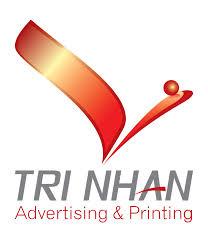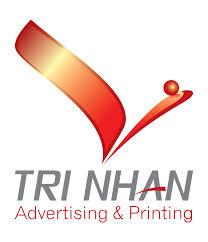Salt-based and salt-free systems are two primary categories of water softening solutions. Salt-based systems utilize ion exchange technology, while salt-free systems employ alternative methods to condition water without salt. The choice between these systems often depends on consumer preferences, water quality needs, and environmental considerations. As awareness of water quality and sustainability grows, both types of systems are expected to see increased adoption in residential and commercial applications.
The Water Softening Systems Market is witnessing significant expansion as clean water access becomes a global priority. Hard water, rich in calcium and magnesium ions, causes scaling in pipes, appliances, and industrial equipment. Water softening systems are designed to remove these minerals, ensuring better water quality and system efficiency. These systems are essential in both residential and industrial applications, providing cost savings, improved appliance longevity, and enhanced water usability.
Market Overview
The market has experienced a steady rise in demand due to growing awareness of water quality issues. Consumers are increasingly realizing the negative impacts of hard water on health, skin, and household devices. In industrial settings, untreated hard water leads to energy inefficiency and equipment degradation, which increases operational costs. Thus, water softeners are becoming indispensable across homes, hotels, manufacturing facilities, and power plants.
Market Drivers and Growth Factors
Rising urbanization, population growth, and environmental awareness are the main forces behind the market’s expansion. Government initiatives promoting clean water infrastructure are accelerating adoption rates. The hospitality industry, in particular, is adopting advanced water softening systems to maintain water quality standards for guest satisfaction. Additionally, the growing penetration of smart home technology is driving demand for IoT-enabled water softening systems that monitor hardness levels automatically.
Technological Advancements and Innovations
Modern water softening systems now integrate smart sensors, remote monitoring, and salt optimization technologies. These innovations reduce water and salt consumption, making systems more eco-friendly and cost-effective. Portable and compact water softeners are also gaining popularity among small households and apartments. Industrial facilities are increasingly turning to large-scale automatic systems that can process high volumes efficiently.
Challenges and Limitations
While the market outlook is positive, certain factors like maintenance costs, salt dependency, and the environmental impact of brine disposal pose challenges. However, research is underway to develop salt-free and hybrid systems that can provide sustainable water softening without harming ecosystems.
Regional Insights
North America remains a leading market, supported by strict water quality regulations and high consumer awareness. Europe follows closely, emphasizing sustainable and low-energy technologies. The Asia-Pacific region is emerging rapidly as increasing industrialization and urban development drive demand for water treatment solutions. Latin America and the Middle East are also investing in water purification projects due to rising water scarcity.
Competitive Landscape
Key players in the market focus on product innovation, automation, and expansion through strategic partnerships. Companies are introducing customizable systems for various water hardness levels and flow capacities. Branding efforts now emphasize eco-friendly and user-friendly features to attract environmentally conscious consumers.
Future Trends
The future of the water softening systems market will likely see the integration of artificial intelligence and advanced filtration technologies. Sustainable, maintenance-free systems and regenerative solutions are expected to replace traditional models. The industry is poised for strong growth as water treatment becomes central to global sustainability initiatives.
FAQs
1. What is the purpose of a water softening system?
It removes calcium and magnesium ions from hard water to improve water quality and prevent scaling.
2. Are water softeners environmentally friendly?
Modern systems are designed to minimize salt and water waste, improving sustainability.
3. Which regions dominate the market?
North America and Europe currently lead, while Asia-Pacific is the fastest-growing region.
More Related Reports:
Soldering Equipment Market Trends


